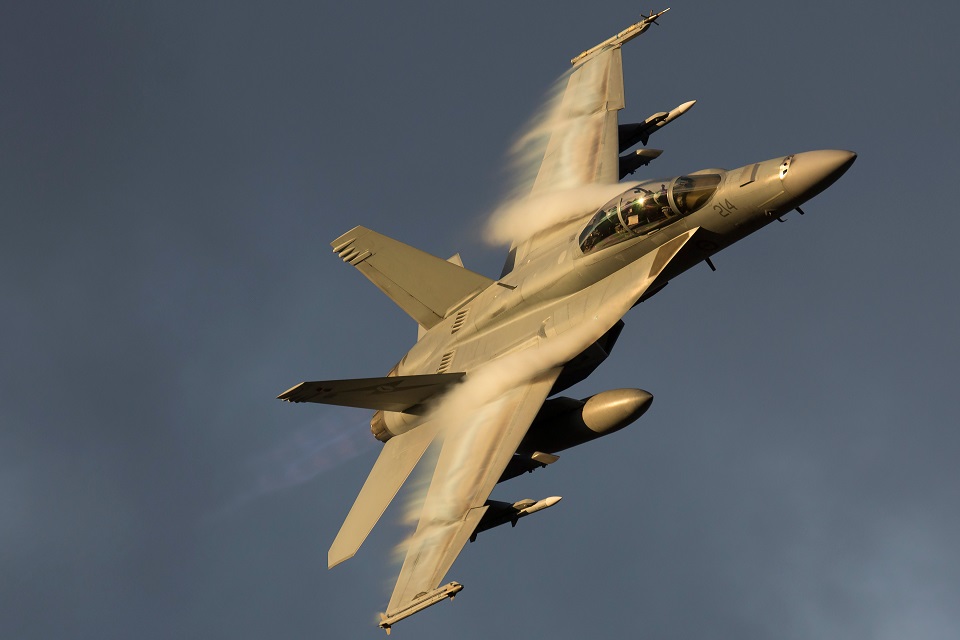Boeing Australia has achieved a significant milestone with the recent approval from the Defence Aviation Safety Authority, granting the company permission to manufacture aerospace parts and components locally for the Australian Army. This development aligns with the Australian government’s ongoing efforts to enhance self-reliance within the nation’s defense industry.
Amy List, the Managing Director of Boeing Australia, emphasized the importance of this approval in bolstering the country’s defense capabilities. She stated that the initiative would not only streamline maintenance procedures but also ensure quicker access to essential parts, which is critical for maintaining the operational readiness of military aircraft. By introducing more cost-effective production methods, Boeing aims to improve the availability of its aircraft for the Australian military.
Boeing has already commenced domestic production efforts, starting with the manufacturing of plastic wire guards intended for the F/A-18F Super Hornet fleet stationed at RAAF Base Amberley. This initial step signifies the beginning of what could be a broader initiative to produce a variety of components for other aircraft, including the E-7A Wedgetail, P-8A Poseidon, C-17A Globemaster, EA-18G Growler, CH-47F Chinook, EC135-T2+ rotorcraft, and the forthcoming AH-64E Apache fleet.
This move towards local part production is part of a larger strategy being implemented by the Australian government, which is actively seeking to enhance the country’s defense industry capacity. Recent collaborations with various enterprises reflect this commitment, one of which includes Babcock’s inauguration of a new facility in Adelaide dedicated to improving manufacturing and repair capabilities for both army and navy programs.
Additionally, in a related initiative, BAE Systems Australia and MBDA have joined forces to contribute to the Guided Weapons and Explosive Ordnance (GWEO) program, launched in 2021. This ambitious program aims to develop a comprehensive local guided weapon and explosive ordnance system that includes extensive research, testing, training, and support services for production, maintenance, and repair.
The GWEO program is backed by a significant investment of $4.1 billion, focused on expanding the acquisition of long-range strike systems and the production of longer-range munitions within Australia. This strategic investment is indicative of the Australian government’s commitment to enhancing its sovereign defense capabilities and ensuring that local industries are prepared to meet the evolving needs of the military.





